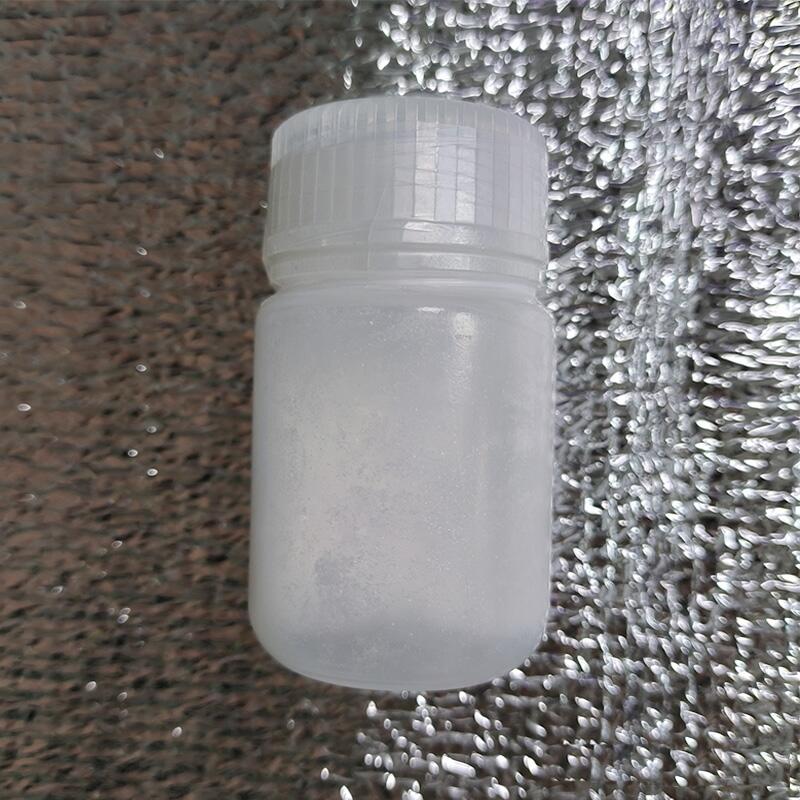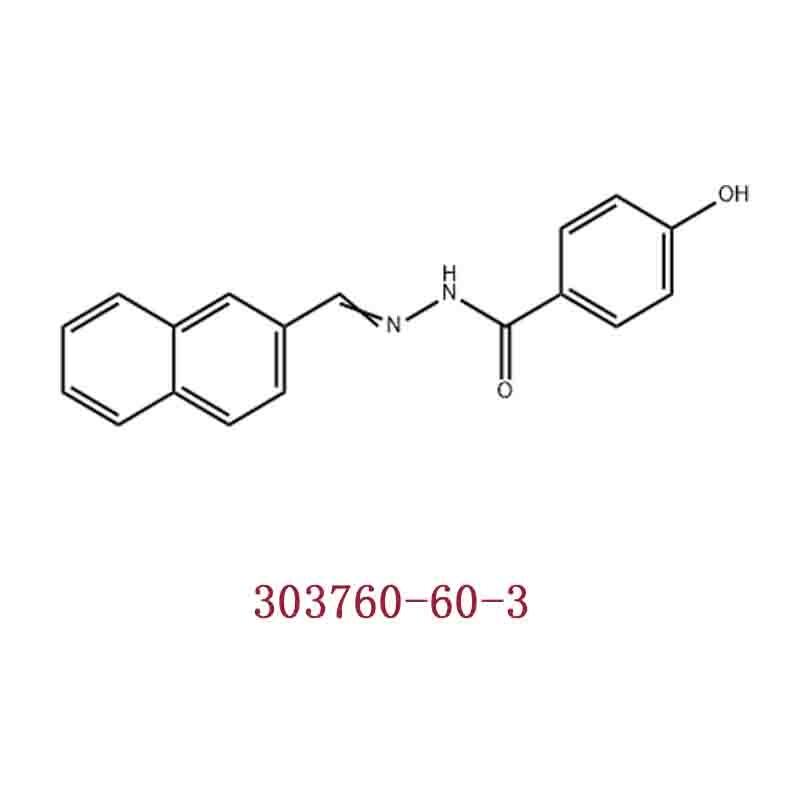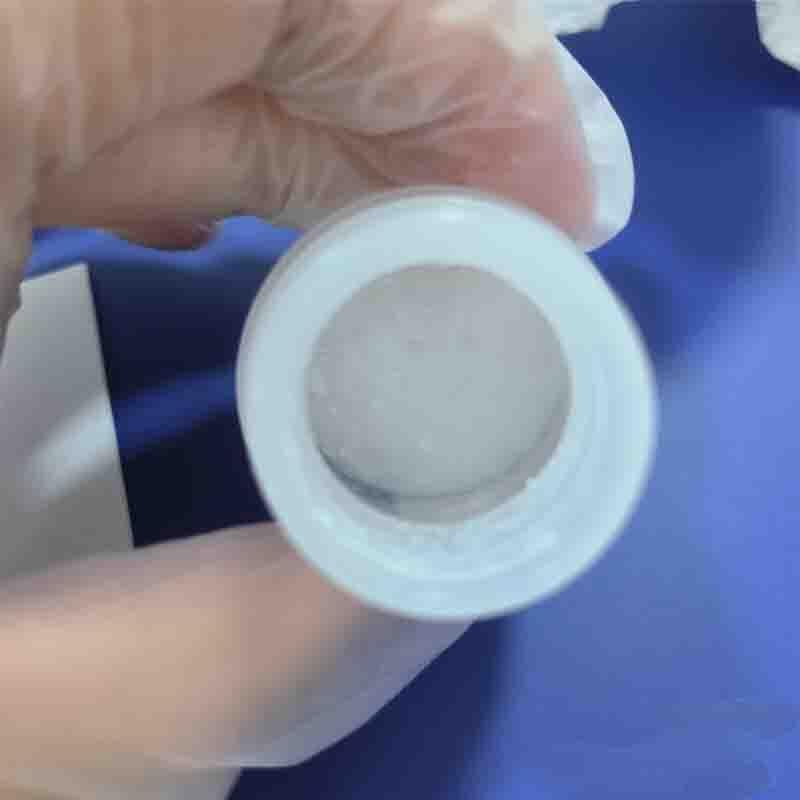-
Categories
-
Pharmaceutical Intermediates
-
Active Pharmaceutical Ingredients
-
Food Additives
- Industrial Coatings
- Agrochemicals
- Dyes and Pigments
- Surfactant
- Flavors and Fragrances
- Chemical Reagents
- Catalyst and Auxiliary
- Natural Products
- Inorganic Chemistry
-
Organic Chemistry
-
Biochemical Engineering
- Analytical Chemistry
-
Cosmetic Ingredient
- Water Treatment Chemical
-
Pharmaceutical Intermediates
Promotion
ECHEMI Mall
Wholesale
Weekly Price
Exhibition
News
-
Trade Service
BACKGROUND: Inflammatory bowel disease (IBD) is associated with a high risk of venous thromboembolism (VTE) during hospitalization.
it was not clear whether the link still existed after discharge.
we aim to assess the rate of VTE after discharge from IBD patients and determine whether IBD is associated with increased VTE risk.
: The researchers conducted a population-based queue study between 2002 and 2016.
IBD adults who were hospitalized (≥72 hours) were divided into non-surgical and surgical queues and matched non-IBD controls on the tendency score.
the time of VTE after discharge is assessed by the Kaplan-Meier method, and the VTE risk is evaluated through the Cox proportional risk model.
: A total of 81,900 IBD discharged patients (62,848 non-surgical and 19,052 surgical) were matched with non-IBD controlled patients.
of VTE was 2.3% in patients with non-surgical IBD 12 months after discharge, compared with 1.6% in surgical IBD patients.
incidence of non-surgical IBD queues increased by 4% per year (OR, 1.04; 95% CI, 1.02-1.05).
in our trend score matching analysis, non-surgical IBD patients ([HR,1.72; 95% CI, 1.51-1.96) and surgical patients with ulcerative colitis (HR, 1.68; 95% CI, 1.16-2.45) had a higher risk of developing VTE one month after discharge.
: Non-surgical IBD patients and patients with ulcerative colitis surgery were 1.7 times more likely to have VTE after discharge than non-IBD patients.
these findings support vigilance in the population and the need to consider the prevention of blood clots.
.







